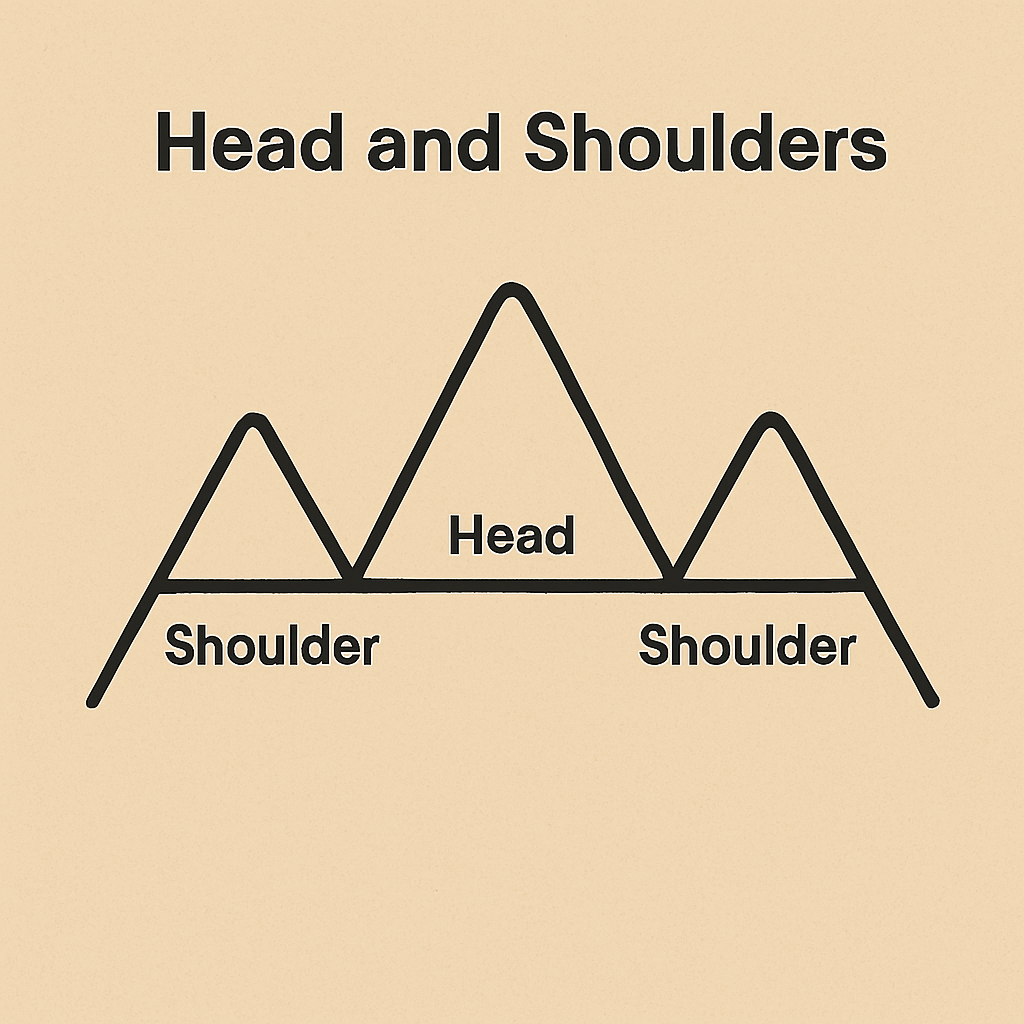How to Spot Breakout Trades Before They Happen
In trading, breakouts are among the most profitable and exciting opportunities. When a price breaks through a key level with momentum, it can lead to explosive moves. But here’s the catch—most people only spot breakouts after they happen.
What if you could spot them before the crowd?
In this guide, we’ll cover how to anticipate breakouts with precision, using chart structure, volume, and timing strategies to stay one step ahead.
🔍 What Is a Breakout?
A breakout occurs when price moves above a resistance or below a support level with strong momentum, often starting a new trend.
Types of Breakouts:
- Bullish Breakout: Price breaks above resistance → signals upward momentum.
- Bearish Breakout: Price breaks below support → signals downward momentum.
Not every breakout is real. Many are fakeouts designed to trap emotional traders.
📐 Step 1: Identify Pre-Breakout Structure
Before any breakout, the market often “compresses” into a range. Your job is to spot this buildup.
Patterns to Watch For:
-
Consolidation Ranges
(Sideways movement between horizontal support and resistance.) -
Triangles (Ascending/Descending/Symmetrical)
(Price forms lower highs and higher lows.) -
Flags and Pennants
(Small consolidations in an ongoing trend.)
Pro Tip: The tighter the range and the longer the consolidation, the stronger the breakout can be.
🔊 Step 2: Watch for Volume Confirmation
Volume tells the truth. It shows when smart money is entering the market.
Volume Guidelines:
- Low volume during consolidation = accumulation or indecision.
- High volume on breakout = conviction.
✅ Good breakout:
Price breaks resistance + Volume spikes.
❌ Fake breakout:
Price breaks but volume stays low or fades immediately.
🧪 Step 3: Confirm the Breakout
Confirmation separates real breakouts from traps.
Methods of Confirmation:
-
Candle Close - Wait for a candle to close above/below the breakout level.
-
Retest Strategy - Wait for price to break out, come back to test the previous level, and then bounce off.
-
Indicator Support - Use indicators like RSI or MACD for divergence or momentum alignment.
🔐 Risk Management for Breakouts
Breakouts can be volatile. Use a solid risk plan.
📌 Setups Should Include:
- Defined entry (after confirmation)
- Stop-loss just outside the range
- Target based on the size of the previous range (aka measured move)
Never chase breakouts blindly—plan the trade, then trade the plan.
📈 Real-World Example: Bullish Triangle Breakout
Imagine BTC is forming a symmetrical triangle over 2 weeks: - Price keeps bouncing between $59,000 and $60,500. - Volume is declining. - Suddenly, it breaks $60,500 on a candle close with high volume.
What to do: - Enter after the candle closes above $60,500. - Stop-loss below $59,000. - Target = Height of triangle (~$1,500 move) → TP around $62,000.
🧠 Psychological Discipline
- Avoid FOMO. If it already broke out, wait for the retest or let it go.
- Don’t force breakouts. Not every range ends in one.
- Stick to your system. The market doesn’t reward impatience.
🧾 Final Thoughts
The best breakout trades are predictable if you know what to look for: clean structure, shrinking volatility, volume confirmation, and smart execution.
Spotting them early doesn’t mean guessing—it means observing and waiting for the right conditions.
“Trade the breakout, not the breakout candle.”
TL;DR - Identify consolidation and patterns early. - Confirm breakouts with volume and candle close. - Wait for retests to improve entries. - Use risk management with every trade. - Stay patient. Good breakouts are rare—but rewarding.
